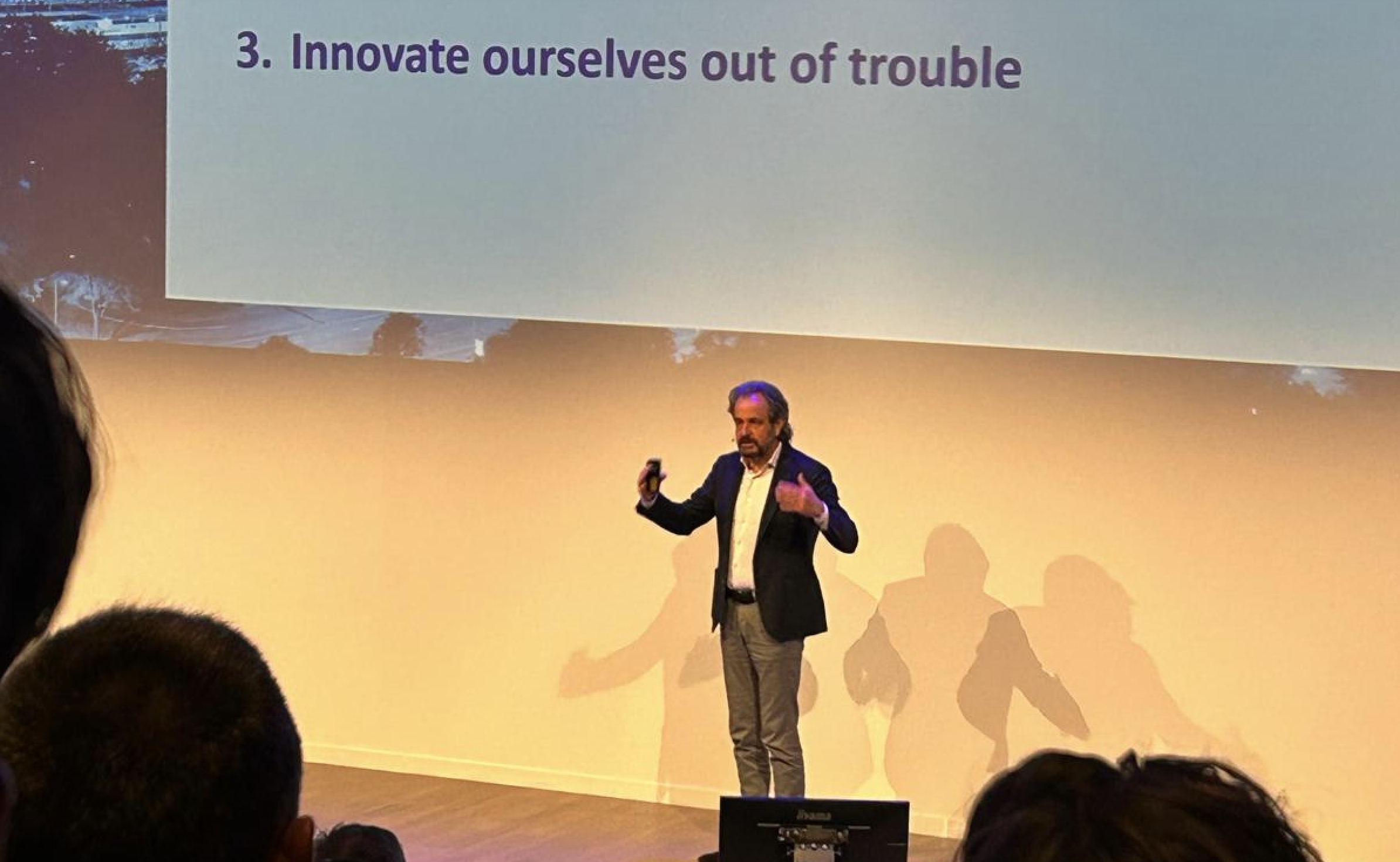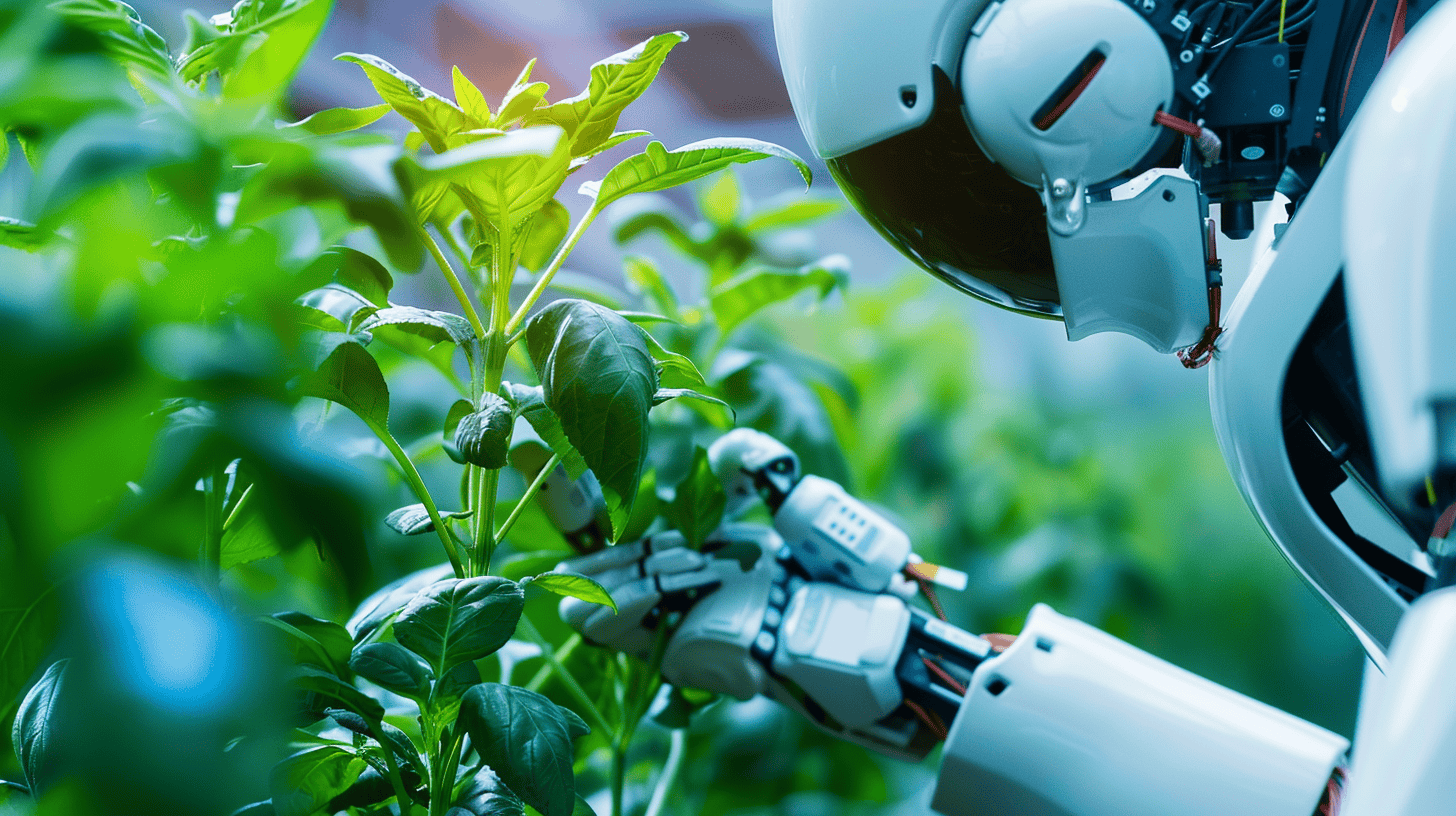
The immune system stores enormous amounts of health and disease-relevant information. Researchers are attempting to decipher this information with the help of artificial intelligence to develop novel diagnostic and therapeutic methods, according to a press release from the University of Oslo, Norway.
There is still a lot we do not know about how the immune system works. We divide the immune system into different parts. One of them is the adaptive immune system. It develops over the course of our lives. This part of our immune system stores information about all the diseases and infections that a person has or has had. This information is stored as complex patterns in pathogen-recognizing structures, which are also called immune receptors. These are located on the surface of adaptive immune cells.
We can think of these patterns as the memory of the immune system. The patterns are instruction manuals that tell the immune system how to attack various infections and diseases. However, nobody knows what these patterns look like. The potential for what they can tell us about the inner workings of the immune system, as well as for the development of disease diagnostics and therapeutics, is enormous. So, how can we find the patterns?
This is where machine learning comes into play. Machine learning is a form of artificial intelligence. With the help of machine learning, we can let a computer discover the previously hidden patterns for us.
Associate Professor Victor Greiff from the Institute of Clinical Medicine and Professor Geir Kjetil Sandve from the Institute of Informatics are working on this. Together with PhD students Milena Pavlović and Lonneke Scheffer, they have developed the software ImmuneML for that purpose.
“We can use machine learning to find the disease-relevant immune patterns, without knowing what they look like or what characterizes them. That is what is so unique and exciting about machine learning,” Greiff says.
Immune patterns can tell us if a person is healthy or diseased
The patterns that the immune system has stored can tell us about a person’s previous and/or current diseases or infections. Greiff, Sandve and colleagues are now trying to figure out which patterns belong to which diseases and infections. If they manage to find out, it can provide new and important knowledge about adaptive immunology.
Importantly, it can also make it easier to diagnose various diseases as well as develop novel therapeutics.
!If we manage to find the patterns, then we may be able to diagnose a number of diseases with a single blood sample,” Greiff explains, and adds: “The patterns can tell us whether the person is healthy or ill, and which disease or diseases the patient may have.”
Can we use machine learning to find the pattern of COVID-19?
If you want to find something, without knowing what you are looking for, you have a difficult task ahead of you. Let us say that we want to find the pattern for COVID-19. How do we know which pattern it is among the millions of patterns that the immune system has stored?
It is a bit like looking for one particular snowflake among millions of other snowflakes. Without knowing what the snowflake that we are looking for looks like. But with machine learning, it becomes a completely different matter. Then we can first let the computer find the patterns of a person with a confirmed COVID-19-infection. In this way, the computer “learns” what the pattern for COVID-19 looks like.
“This is how machine learning works. We must first teach the computer what is what. We can do this by letting it find the patterns of a person we know is healthy, and of a person we know to have a specific disease,” Greiff explains.
Read the complete article here.
Title photo: Immune receptors (e.g., antibodies) mined for disease-specific patterns by machine learning. Illustration image: Rahmad Akbar and Lonneke Scheffer, UiO.
Also interesting:
Combatting poverty and debt with the help of Artificial Intelligence
Artificial intelligence and mobility, who’s at the wheel?
Artificial intelligence for the care of green zones
Title photo: Immune receptors (e.g., antibodies) mined for disease-specific patterns by machine learning. Illustration image: Rahmad Akbar and Lonneke Scheffer, UiO.
Selected for you!
Innovation Origins is the European platform for innovation news. In addition to the many reports from our own editors in 15 European countries, we select the most important press releases from reliable sources. This way you can stay up to date on what is happening in the world of innovation. Are you or do you know an organization that should not be missing from our list of selected sources? Then report to our editorial team.







